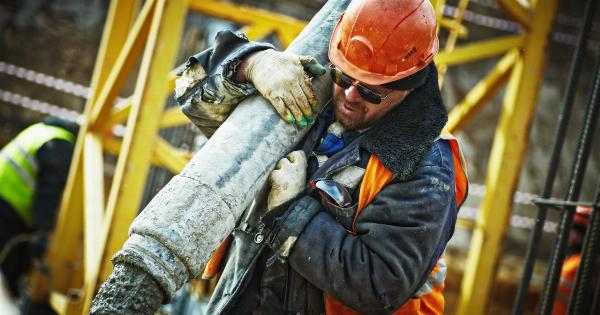Mother Nature is a force to be reckoned with. From devastating hurricanes and raging wildfires to severe storms and floods, homeowners face numerous challenges when it comes to protecting their properties.
It’s important to be prepared and take proactive measures to safeguard your home against these natural disasters. In this guide, we will discuss essential steps that every homeowner should take to survive Mother Nature’s wrath and protect their precious investment.
1. Conduct a Risk Assessment
The first step in protecting your property is to assess the risks specific to your region.
Are you located in an area prone to hurricanes, earthquakes, or wildfires? Research the history of natural disasters in your area and identify the potential risks you may face. This will help you prioritize the necessary precautions and investments to protect your home.
2. Secure Your Roof
Your roof is the primary line of defense against Mother Nature. Ensure that your roof is in good condition and can withstand high winds, heavy rain, and even hail.
Regularly inspect your roof for any signs of damage, such as missing shingles or leaks, and address them promptly. Consider reinforcing your roof with hurricane straps or metal clips to provide additional stability.
3. Reinforce Doors and Windows
Strong winds can easily breach doors and windows, causing significant damage to your property. Install impact-resistant windows and invest in storm shutters or reinforced doors to protect against strong gusts.
These measures can help prevent debris from entering your home and minimize the risk of structural damage.
4. Clear Surrounding Vegetation
Overgrown trees and vegetation near your home can pose a threat during storms and wildfires. Trim branches that could potentially fall on your property or power lines.
Remove dead trees or those in poor health that may be more susceptible to being uprooted. Keep flammable materials, such as firewood or propane tanks, safely stored away from your home.
5. Install a Generator
Power outages are common during severe weather events. Invest in a backup generator to keep essential appliances and systems running. This includes refrigeration, heating/cooling, and security systems.
A generator can provide a lifeline during an extended power outage and ensure that your home remains habitable.
6. Secure Outdoor Items
Strong winds can turn anything into a dangerous projectile. Anchor down outdoor furniture, grills, and other loosely positioned items that could cause damage if lifted by strong gusts.
Consider investing in storage sheds or garages to protect outdoor equipment during severe weather events.
7. Install a Sump Pump
If your region is prone to heavy rains or flooding, installing a sump pump is a smart move. A sump pump helps prevent water damage by pumping out excess water that collects in the basement or lower levels of your home.
Regularly maintain and test the sump pump to ensure it is functioning correctly.
8. Create a Comprehensive Emergency Kit
In the event of an evacuation or prolonged power outage, having an emergency kit is crucial. Include essentials such as non-perishable food, water, first aid supplies, flashlights, batteries, a battery-operated radio, cash, and important documents.
Keep your emergency kit readily accessible and regularly check and refresh it.
9. Stay Informed
Stay informed about weather forecasts and emergency alerts for your area. Sign up for local emergency alerts via text message or smartphone apps.
Pay attention to advisories and take immediate action when authorities recommend evacuation or safety measures. Being aware of potential threats allows you to react promptly and safeguard your property.
10. Review Your Insurance Coverage
Review your homeowner’s insurance policy to ensure you have adequate coverage for natural disasters specific to your area. Understand the terms and limitations of your policy, including deductibles and exclusions.
Consider adding additional coverage for specific risks that may not be included in a standard policy, such as flood insurance.
Surviving Mother Nature’s fury requires proactive planning and preparation. By following these ten steps, you can significantly increase the resilience of your property and protect your home against the forces of nature.




























